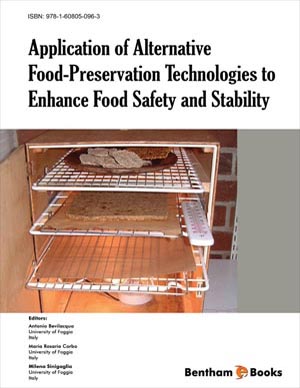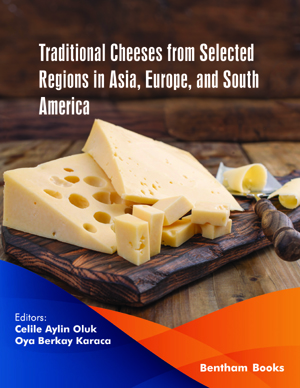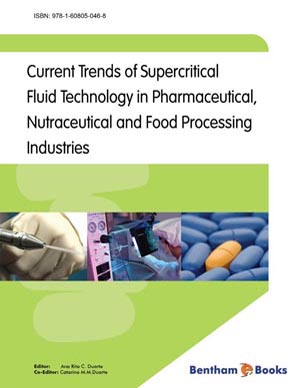Abstract
The use of biopolymers instead of synthetic polymers for food packaging
has become a recent trend since it successfully solves the global issue of plastic waste
due to their biodegradability, biocompatibility and renewability. Moreover, edible
packaging has gained the attention of the current research world. Thus, the natural
polymer sources applicable in forming edible packaging materials, such as
polysaccharides, proteins and lipids, are studied. Seaweed, referred to as marine
macroalgae, is a rich source of polysaccharides. Different types of polysaccharides can
be identified in the three main varieties of seaweed, carrageenan and agar in red algae,
alginate, laminaran and fucoidan in brown algae, while ulvan is the major
polysaccharide in green algae. The film-forming properties of these seaweed-based
polysaccharides are enhanced due to their colloidal nature; meanwhile, the abundance
and the low cost make them more applicable in edible packaging. Several
modifications were carried out to achieve packaging materials with better mechanical
and barrier properties. Hence, this chapter discusses the current applications of
seaweed-based polysaccharides in edible packaging with improved properties in
different sections such as fruits, vegetables and meat industries by analyzing recent
research findings.



















